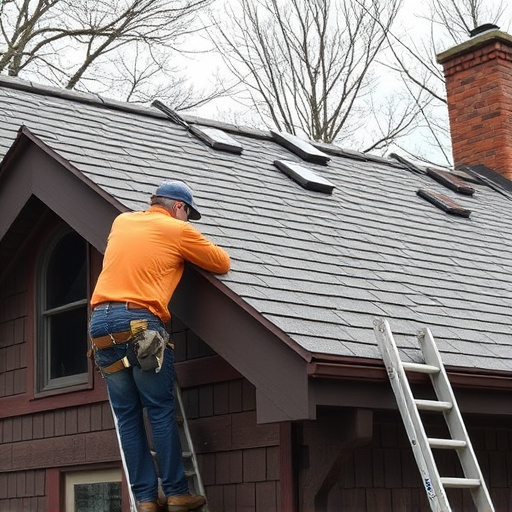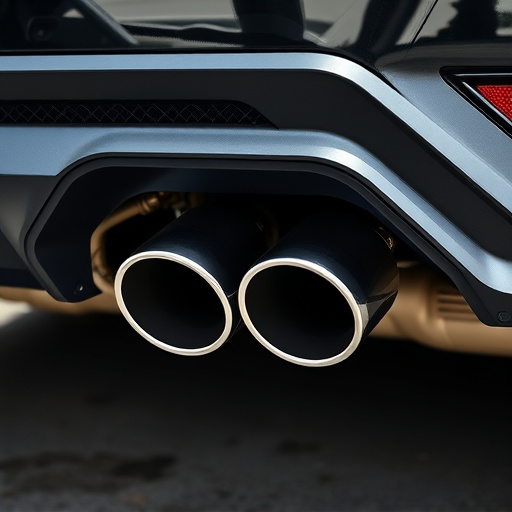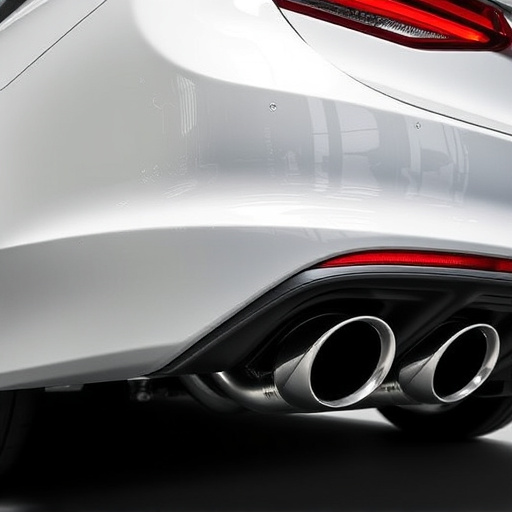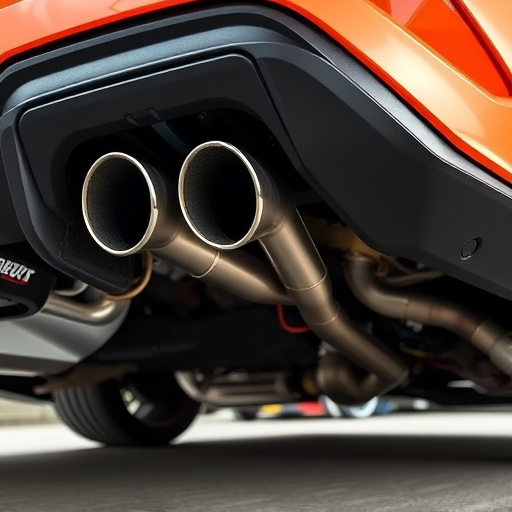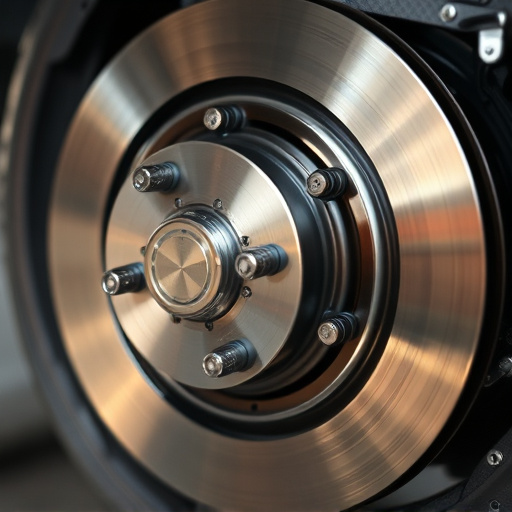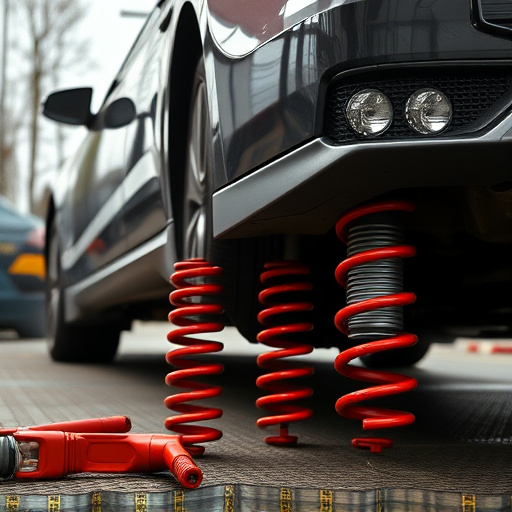Catalytic converters are crucial for modern vehicles, reducing harmful emissions through chemical reactions that transform toxic gases into less damaging compounds. Their lifespan varies based on driving conditions and environmental factors, with diagnostic scans indicating replacement needs. Replacement involves installing a new converter and potentially modifying related components for optimal engine performance and compliance with emissions standards. Cost considerations include regional factors, part availability, and additional components like intake systems and brake parts, emphasizing the importance of informed budgeting for consumers planning such replacements.
The catalytic converter, a silent guardian of our environment, plays a pivotal role in reducing harmful emissions from vehicles. This essential component, however, is not indestructible and requires periodic replacement, with costs varying significantly across regions. This article delves into the world of catalytic converter replacements, exploring regional cost disparities, influencing factors, and offering insights for consumers to make informed decisions. From urban centers to rural areas, we navigate the landscape of this vital automotive component.
- Understanding Catalytic Converters and Their Function
- – Definition and purpose of catalytic converters
- – Types of catalytic converters commonly used in vehicles
Understanding Catalytic Converters and Their Function
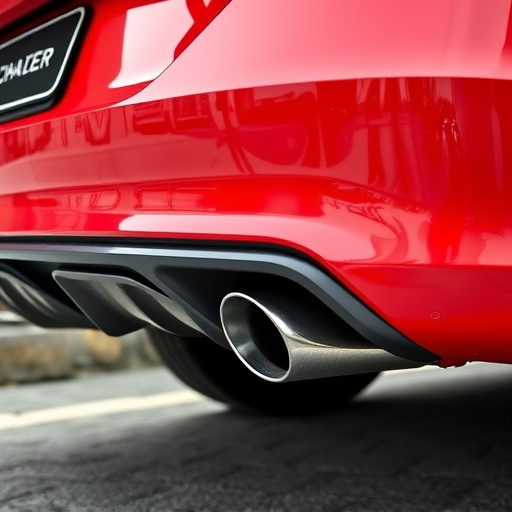
Catalytic converters are essential components of modern vehicles’ exhaust systems, playing a vital role in reducing harmful emissions. These devices work by facilitating a chemical reaction that transforms toxic gases into less damaging compounds. The primary function is to convert carbon monoxide and nitrogen oxides into carbon dioxide and water vapor, respectively, while also breaking down other pollutants like hydrocarbons and aromatic compounds. This process not only improves air quality but also ensures the engine’s performance and efficiency.
Understanding how catalytic converters operate is crucial when considering their replacement, especially during routine maintenance or after damage from issues like a blocked exhaust system or failed brake components. While their longevity varies, factors such as driving conditions, vehicle age, and exposure to harsh environments can impact their lifespan. Upgrading or replacing a faulty converter is a common catalytic converter replacement procedure, often prompted by diagnostic scans that detect abnormal emission levels. This process involves removing the old converter and installing a new one, sometimes accompanied by modifications to related components like cold air intakes or air intake systems, ensuring optimal engine performance and compliance with emissions standards.
– Definition and purpose of catalytic converters

Catalytic converters are essential emission control devices found in motor vehicles, designed to reduce harmful pollutants emitted by internal combustion engines. Their primary purpose is to facilitate the chemical conversion of toxic gases into less harmful substances, thereby improving air quality and reducing environmental impact. These converters play a vital role in ensuring that cars meet strict pollution standards set by governments worldwide.
When it comes to catalytic converter replacement, several factors influence the cost, including regional differences in labor rates, the availability of parts, and varying market conditions. While the core component itself is relatively standardized across regions, the overall catalytic converter replacement expense can be impacted by additional elements such as intake components, muffler tips, and brake components. Understanding these dynamics is crucial for consumers looking to budget for this essential maintenance task.
– Types of catalytic converters commonly used in vehicles
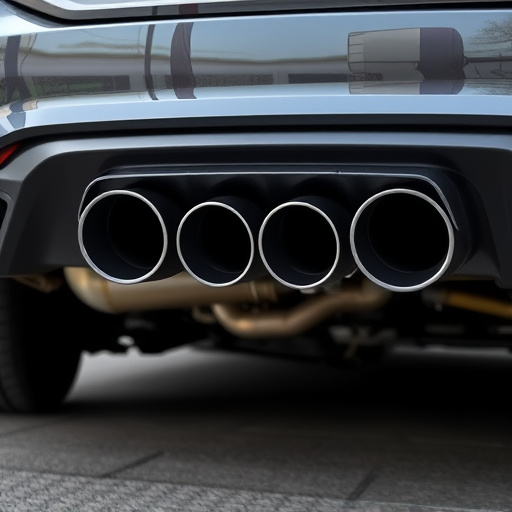
Catalytic converters are a vital component of modern vehicles’ exhaust systems, playing a crucial role in reducing harmful emissions. There are several types commonly found in cars and trucks, each with its own unique design and purpose. One of the most prevalent is the three-way catalytic converter, which efficiently converts carbon monoxide, nitrogen oxides, and hydrocarbon pollutants into less harmful substances like carbon dioxide, nitrogen, and water vapor.
These converters work in conjunction with other intake components to ensure optimal engine performance while minimizing environmental impact. Over time, however, their effectiveness can diminish due to various factors, leading to the need for a catalytic converter replacement. Unlike brake pads or exhaust systems that require regular maintenance, catalytic converters typically last the duration of a vehicle’s life but may need to be replaced if damaged or blocked by debris, which can significantly impact engine performance and fuel efficiency.
Catalytic converter replacement costs can vary significantly across regions, influenced by factors like labor rates, availability of parts, and local market dynamics. Understanding these variations is crucial for car owners planning repairs. While the core technology remains consistent, regional differences in pricing highlight the importance of comparing quotes from reputable mechanics to ensure fair and affordable catalytic converter replacements without compromising on quality.


